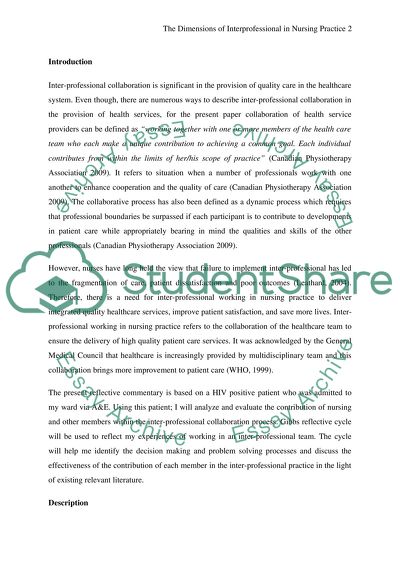Cite this document
(“The Dimensions of Interprofessional in Nursing Practice Essay”, n.d.)
Retrieved from https://studentshare.org/other/1427259-the-dimensions-of-interprofessional-in-nursing
Retrieved from https://studentshare.org/other/1427259-the-dimensions-of-interprofessional-in-nursing
(The Dimensions of Interprofessional in Nursing Practice Essay)
https://studentshare.org/other/1427259-the-dimensions-of-interprofessional-in-nursing.
https://studentshare.org/other/1427259-the-dimensions-of-interprofessional-in-nursing.
“The Dimensions of Interprofessional in Nursing Practice Essay”, n.d. https://studentshare.org/other/1427259-the-dimensions-of-interprofessional-in-nursing.


